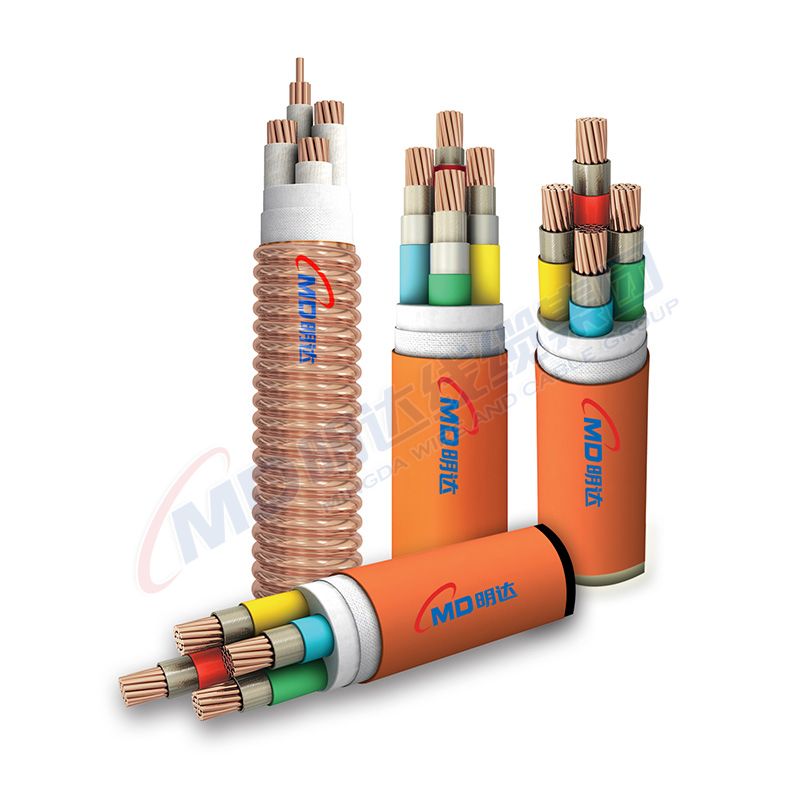Septemba . 12, 2024 21:41 Back to list
stainless steel ball check valve
The Advantages and Applications of Stainless Steel Ball Check Valves
In industrial applications, ensuring the controlled flow of fluids is crucial for maintaining efficiency and safety. One effective mechanism for achieving this is the stainless steel ball check valve. Renowned for their durability and performance, these valves play a significant role in a variety of sectors, including water treatment, oil and gas, food processing, and pharmaceuticals.
What is a Stainless Steel Ball Check Valve?
A ball check valve is designed to prevent the backflow of fluids by utilizing a spherical ball that moves within a chamber. When fluid flows in the intended direction, the ball is lifted off its seat, allowing the fluid to pass through. Conversely, if backflow occurs, the ball settles back onto the seat, effectively blocking the reverse flow. Made from stainless steel, these valves are particularly favored for their structural integrity and resistance to corrosion and high temperatures.
Key Advantages
1. Corrosion Resistance Stainless steel is inherently resistant to rust and corrosion, making it ideal for use in environments that come into contact with water, chemicals, or other corrosive substances. This characteristic significantly extends the life span of the valve and reduces maintenance costs.
stainless steel ball check valve

2. Durability Stainless steel ball check valves can withstand high pressure and temperature variations, ensuring reliable performance in extreme conditions. Their robust construction minimizes the risk of failure, which is critical in industries where downtime can be costly.
3. Versatile Applications These valves are applicable in various industries, including - Water Treatment Used to regulate water flow and prevent contamination. - Oil and Gas Essential for managing the flow of crude oil and natural gas, where backflow prevention is crucial. - Food Processing Ensures sanitary conditions by preventing backflow, safeguarding the quality of food products. - Pharmaceuticals Maintains the integrity of sterilization processes by preventing fluid backflow.
4. Ease of Maintenance Many stainless steel ball check valves are designed for disassembly, making them easy to clean and maintain. This is particularly important in industries that require strict hygiene standards.
5. Cost-Effectiveness Although stainless steel may have a higher initial cost compared to other materials, its long-term benefits outweigh the upfront investment. The durability and reduced need for replacement make it a cost-effective choice over time.
Conclusion
In summary, stainless steel ball check valves offer a robust and reliable solution for controlling fluid flow and preventing backflow in various industrial applications. Their resistance to corrosion, high durability, and ease of maintenance make them a preferred choice across multiple sectors. As industries continue to prioritize efficiency and safety, the role of stainless steel ball check valves becomes increasingly vital, affirming their status as essential components in fluid management systems. As technology advances, we can expect further innovations in valve design, further enhancing their reliability and performance in demanding applications.
Share
-
Reliable Wafer Type Butterfly Valves for Every IndustryNewsJul.25,2025
-
Reliable Flow Control Begins with the Right Ball Check ValveNewsJul.25,2025
-
Precision Flow Control Starts with Quality ValvesNewsJul.25,2025
-
Industrial Flow Control ReliabilityNewsJul.25,2025
-
Engineered for Efficiency Gate Valves That Power Industrial PerformanceNewsJul.25,2025
-
Empowering Infrastructure Through Quality ManufacturingNewsJul.25,2025